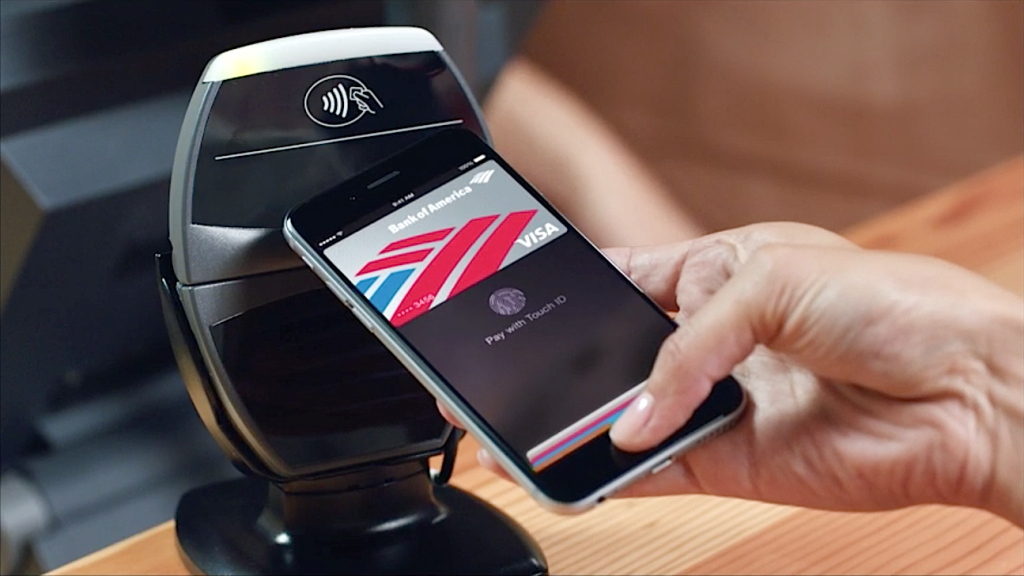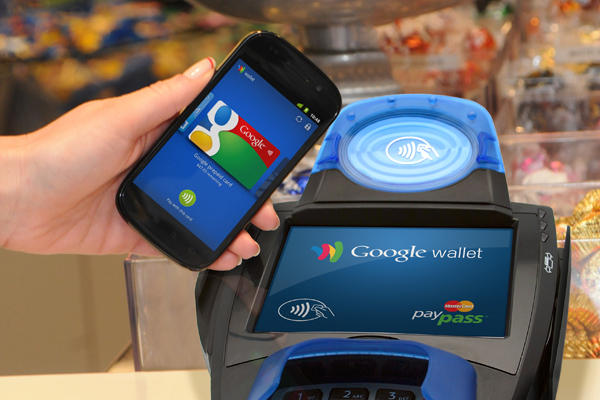
In an era when smartphones can help users with any and everything, there isn’t much reason why payments for everyday items can’t be made via a phone as well. After over five years in action, mobile wallets have gradually allowed credit card usage security to increase. The market is still not as integrated into society as it could be, with mobile payments counting for only 14% of transactions among accepted merchants. However, mobile payments are expected to skyrocket in the U.S. by 2017, garnering an estimate of $90 billion. To accommodate this growth, an improvement in protection is welcomed now more than ever, what with global card fraud damages reaching $16 billion in August 2015. Google, PayPal, and Apple Pay are top payment systems that offer security that could contribute vastly to lowering credit card fraud in society.
Following several security breaches at large businesses such as Target, major credit card companies began developing smart card technology for the United States. A longtime standard in Europe, smart cards embed a tiny microchip that generates a unique code every time the card is used. This feature allows greater card security and decreases fraud. The implementation of smart cards directly corresponded with a 36% drop in credit and debit card fraud in Britain between 2008 and 2012. Conversely, the transition to widespread smart card usage in America has been slower, inspiring people to try out mobile payments in the meantime.
Mobile payments are made possible through near-field communication (NFC), the programming that permits two devices placed within a few centimeters of each other to exchange data. Now that NFC chips have become standard in the majority of contemporary mobile phones, many retailers have installed NFC-based contactless pay terminals.
Apple Pay, in particular, is used in a plethora of stores, such as Best Buy, McDonald’s, and several regional grocery stores, and is expected to partner with other retailers soon. For Apple Pay to work at a credit card terminal, a customer must first use fingerprint recognition to initiate a transaction. Like with smart cards, the phone then generates a random 16-digit number that is different from a user’s actual card number, preventing any chance of fraud. Different strings of numbers will form with every purchase, further confusing potential hackers.

While other payment systems may use a passcode instead of fingerprint recognition, consumers still find security a concern when using smartphone payments. However, the secure element (known as a host card emulation – HCE – in Google Wallet) in mobile payments is tamper-proof, protected by a unique digital signature, and designed to be resilient against any attacks on the phone’s security. “That includes software attacks but also hardware-based attacks where someone got your phone or SIM card,” said Michael Armentrout of Infineon, a manufacturer of secure element chips. “It would be extremely difficult to obtain info off of that because it’s a chip that is designed to have security mechanisms that go well beyond a normal processor.”
The growth of the mobile payment movement can also be attributed to the nationwide transition to EMV credit and debit cards (those that use a chip at pay terminals rather than the magnetic stripe). The new credit card terminals required for accommodation of new cards will be serviceable for any NFC programming. Could this change, enacted in October 2015, make paying by cash or traditional swipe a thing of the past?
Source: CNET, CNET 2, CNET 3, Apple, CBS News, CBS News 2, Pymnts.com, ITProPortal, Bloomberg
Image 2 Source: CDN
Advertisement
Learn more about Electronic Products Magazine





